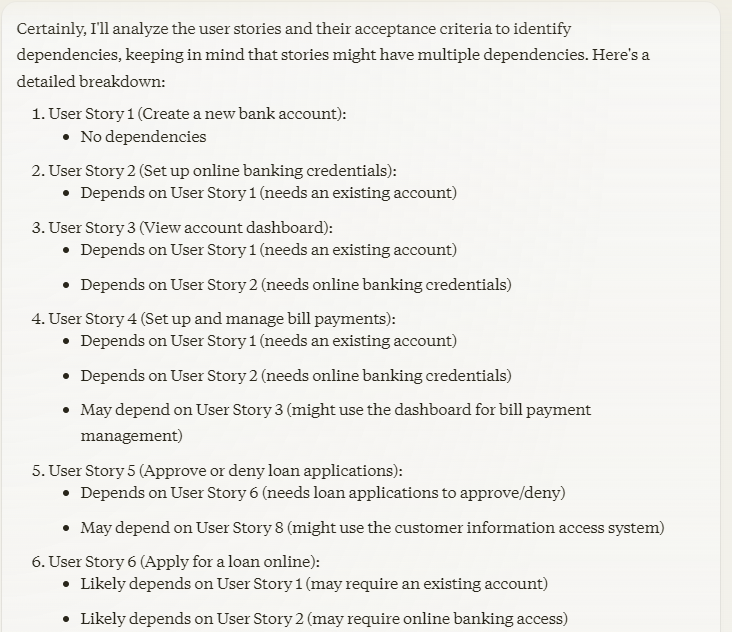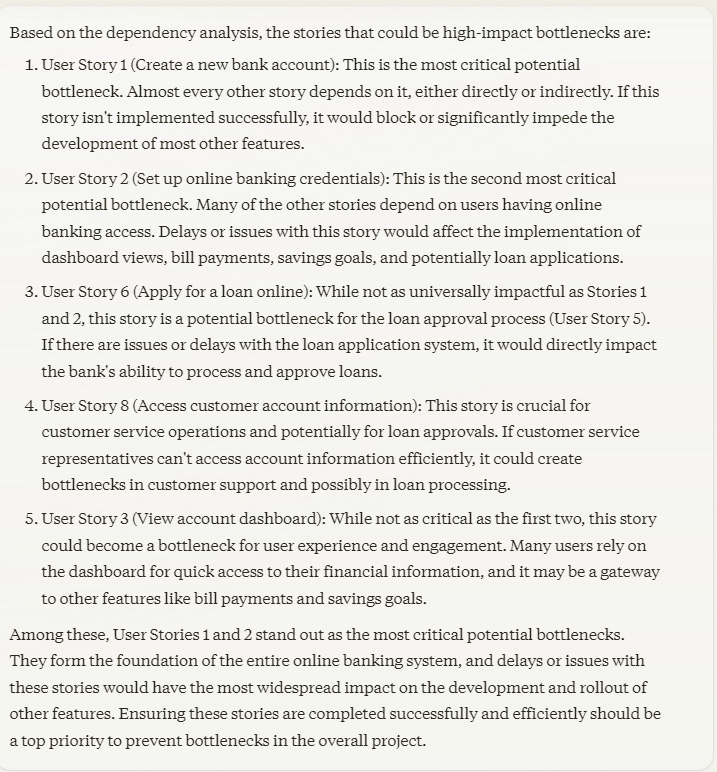
GenAI, right?
At this point, you probably are tired of hearing it. Yes, it’s going to change the world. But you’d rather have more clarity on how it’s going to do it, right?
So, I’m going to do the opposite of what most consultants do. Instead of starting high, on strategy and vision, I’m going to start very small and concrete and try to explain how I think GenAI can impact positively your day to day.
The obligatory disclaimer: this is basically me future-telling. So take this with a grain of salt.
Shall we drill down?
Let’s think on how GenAi can impact Agile.
But do not stop there. I’ll try to think how to apply GenAI to a concrete problem and I’ll try to provide a concrete solution.
To do that, I’m going to do some fortune-telling. Break out the tarot cards and crystal balls!
My future-assumption
My general view is that Agile is going to change in just a couple of years, going from Agile 2.0 (Scaled Agile) to Agile 3.0, which I call AIAA: AI Augmented Agility.
I think that most teams will quickly migrate to Low code / No code (LcNc) team members, with a lot of the development process, be it tech or business, relying on AI tools. Promptcrafting will become the main skill needed, and you will have small, more mobile teams focusing on Jobs-to-be-Done rather than traditional Scrum roles. Special, dedicated teams of engineers will continue to exists for super-specialized situations, but most work will be done by changeable, mobile teams.
Ok, Fede, you might say. That sounds well and good, but it’s very abstract. Can you give me an example?
I’m going to focus on one problem that today exists, and try to improve it with GenAI.
The Problem
In most of the Enterprise Agility situations (think SAFe, LeSS, etc.) one of the major concern is dependencies. Since Scrum allows a flexible approach to Roadmapping, how does change in which User Story Team A does impacts in Team B? And does Team C suffers any impact?
This, in any major enterprise, becomes quickly a pain, especially once chapter, tribes and other major groupings start to pile up. Suddendly you have 37 teams, with criss-crossing interdependencies that make following the changes a chore. Yes, PI Plannings or Quarterly Plannings can help mitigate the impact, but these are very high-cost, once-a-quarter solutions. Once they are finished, you either rely on people communicating their whole backlog change and other people understanding the impact or you run the risk of impacting the other teams.
Often, this leads to meeting-itis and people investing a lot of hours in trying to understand different backlogs. How can we mitigate this with GenAI?
The Solution
Some general guidelines: I’m going to be as agnostic as possible regarding tools. You can do this with Jira, Rally, ServiceNow or any backlog tool and with most GenAI offerings. I’m going to use for this one plain good-old Excel and ClaudeAI, but feel free to swap them.
I’ve created an interlocking backlog, which you can see here:
User Stories with Dependencies.pdf
There are 8 User Stories (based on a Banking implementation) that have dependencies. I’ve also created the same document without the dependencies there, to mimic a Backlog that hasn’t been analyzed, that you can access here, with 3 teams:
What would be our objective? To find a way to have a first analysis of dependencies that we, as members of Team A, can use to understand if Teams B or C have a dependency with us or vice-versa, and if we see any change on the stories that impact either us or them, have a meeting. That way, we could quickly mitigate the risk of a bottleneck, without the need to wait for a Quarterly Planning meeting or involving dozens of people.
So, let’s go to Claude’s page (https://claude.ai/) and upload the file (User Stories.pdf) with the following prompt:
I have an Excel of User Stories for Banking. I want you to read the User Story Number (column A), User Story (column B) and Acceptance criteria (column C) and then tell me which User Story has dependencies with each other, keeping in mind that stories might have more than a single dependency

As you can see, the AI quickly reads and identifies several dependencies. But this can also be difficult to follow up.
So, let’s refine a little bit our Promptcrafting. What should we focus on?
Using this information, which stories could be a high-impact bottleneck?

Ok, using this promp, the AI can rank the importance of the User Stories based on dependency and priority (which I agree).
So we have a list of stories that we have to monitor, but this is not really a comfortable way to do so. Can, perhaps, find another way to do it?
create a dashboard to follow up on these stories

Of course, this is a static dashboard. I wonder if we can implement it via Javascript into a dynamic page?
implement this dashboard in javascript

And there you have it. A dynamic Dashboard that takes the input from a spreadsheet and makes following it a trivial matter.
Bear in mind that I’m doing this in a bare-bones way. Any kind of tool beyond Excel (like Jira, or ServiceNow) will also include the ability to export the contents, but more importantly, the ability to connect via an API. This means that you can have a bot in any kind of embedded AI (like Microsoft’s Copilot) constantly trawling the different backlogs and alerting the teams about unmet dependencies.
Is this perfect? No, it will probably require some fine tunning, and you should always double-check the results (you can do so with my file User Stories with Dependencies.pdf to see which stories I thought have dependencies with each other).
Will this save you time and effort? Absolutely.
How much? Well, let’s do something. Let’s map total hours (i.e. hours per participant) in all the Scrum of Scrum or Sync meetings that your RTEs, ATFs, etc. go to. Let’s tally them up.
How much do you think that they will save if, instead of going through their backlog, they just meet to check the points that they already have? Shall we say, a conservative 60% savings of time?
Now, let’s go back to our organization of 37 teams. That, plus RTEs and Portfolio Managers means that if you have 2 hours of sync per sprint, will mean that you will average around 185 hours (2.5 people x 37 teams, which is 92.5 people per hour of sync, times two, which is 185 hours). This will mean that you will save 111 hours per sprint. If you’re using two weeks for your sprint, this is 222 hours per month. This is more than a FTE of a high salary.
And we’re being conservative here. Once this is fine-tuned, the cost of missing a particular dependency is probably less than the cost of running the meeting.
Does this make sense? Of course, this is just a very brief way in which you can implement AIAA, but I’ll be exploring how to Augment Agility in further articles.
Let me know what you think!
#agile #ai #genai #safe #scrum #less

Please note: I reserve the right to delete comments that are offensive or off-topic.